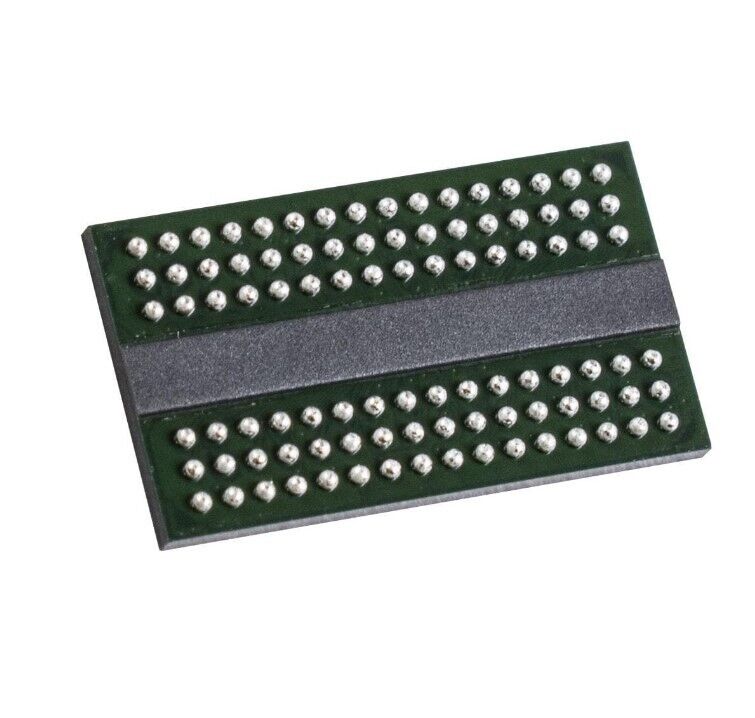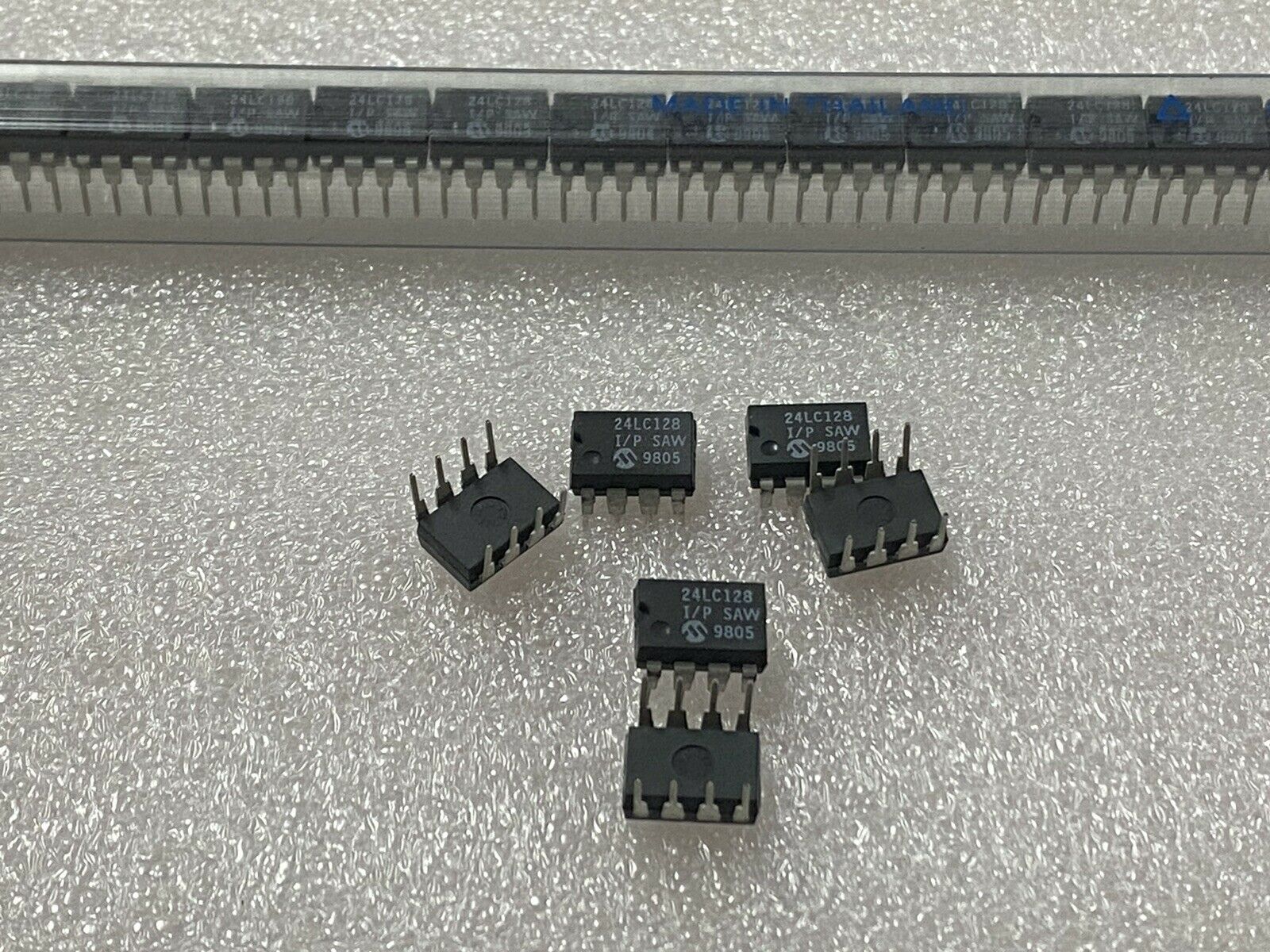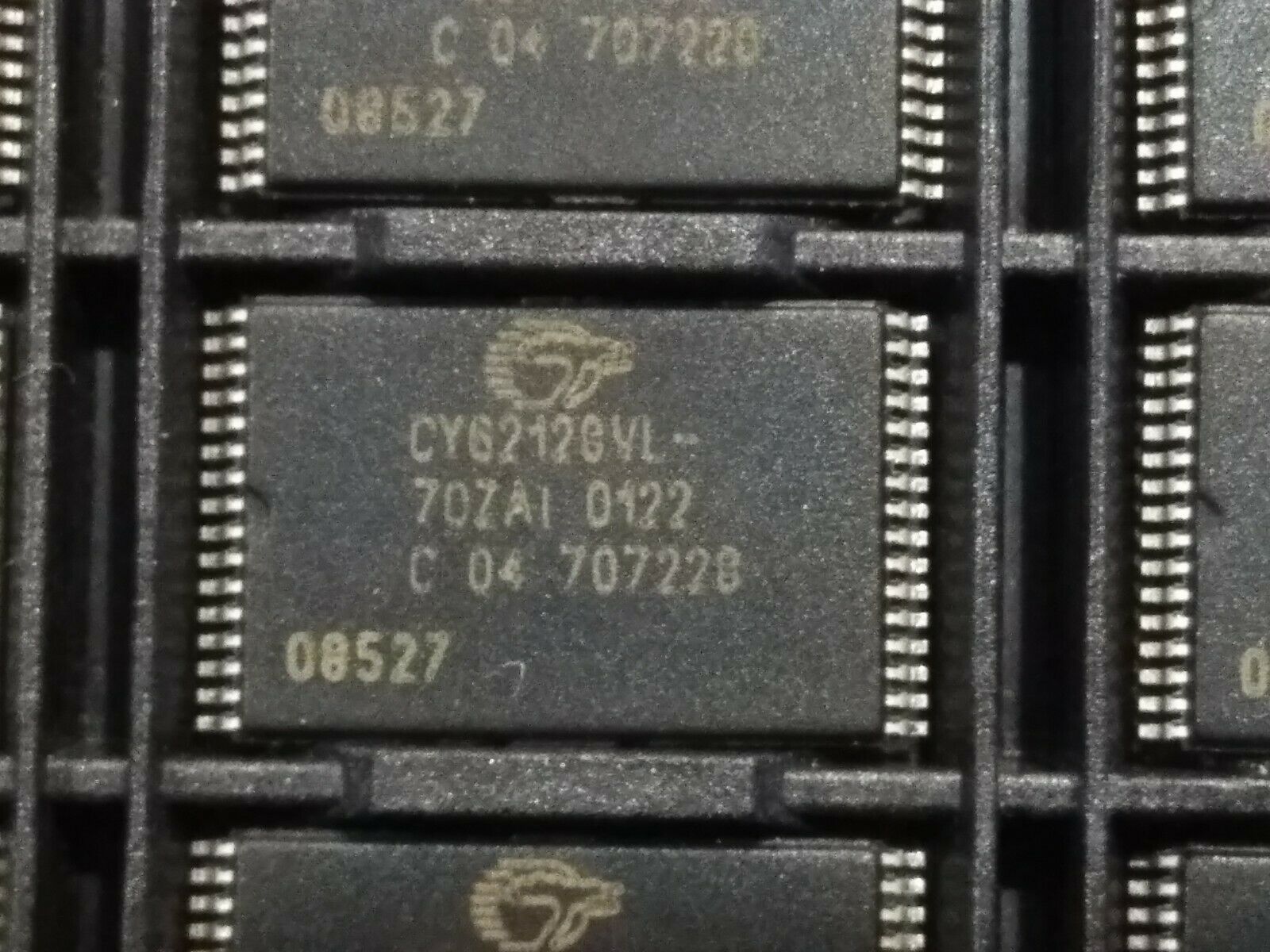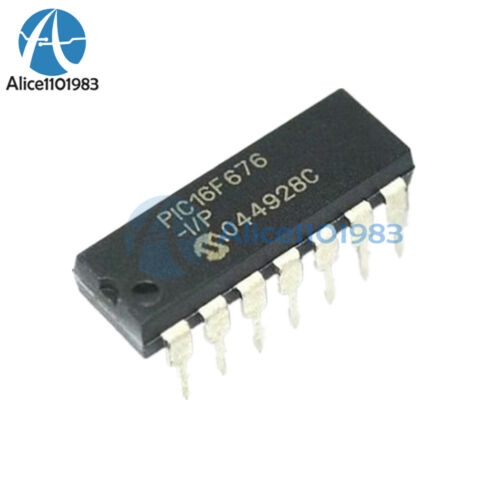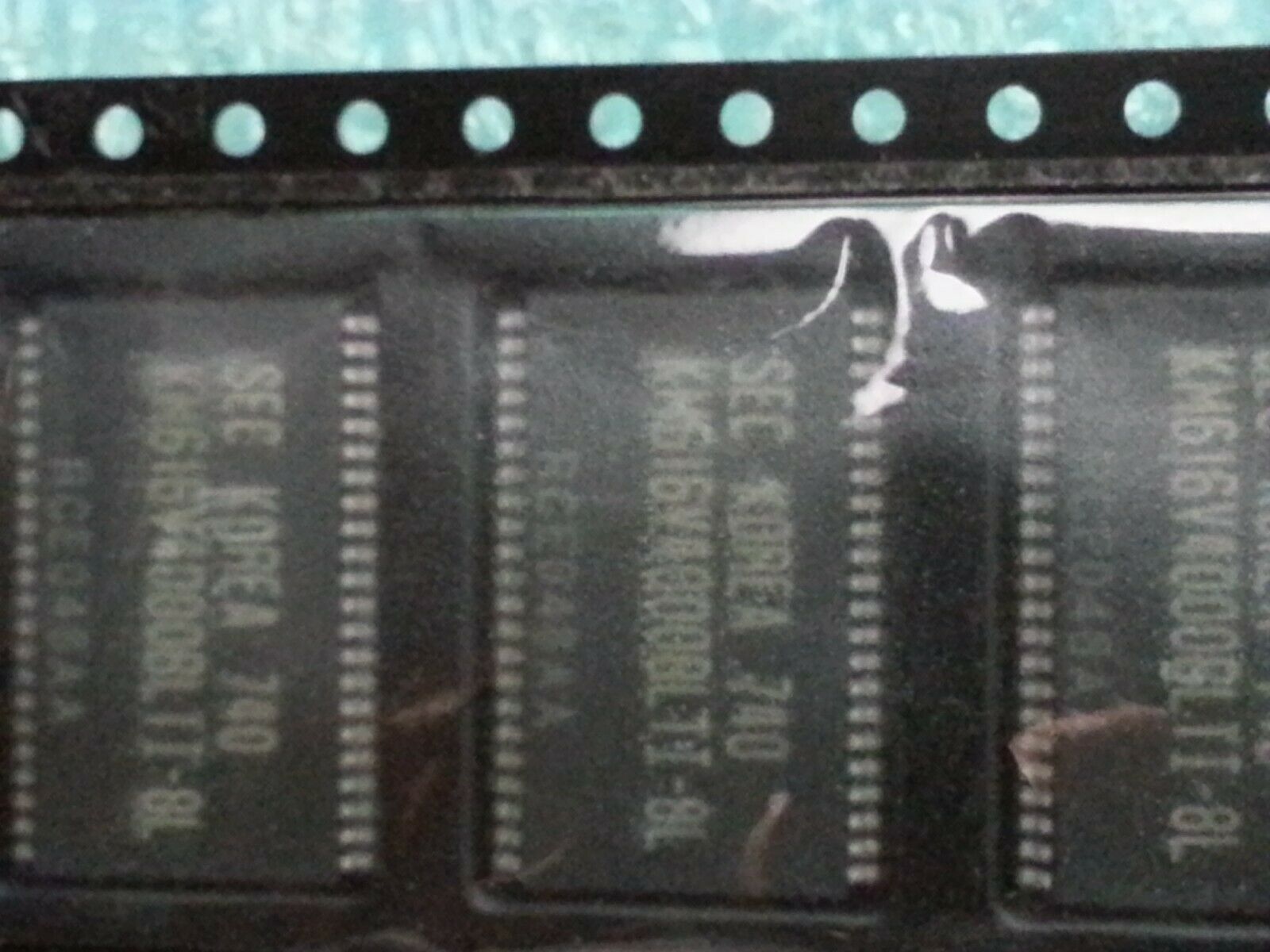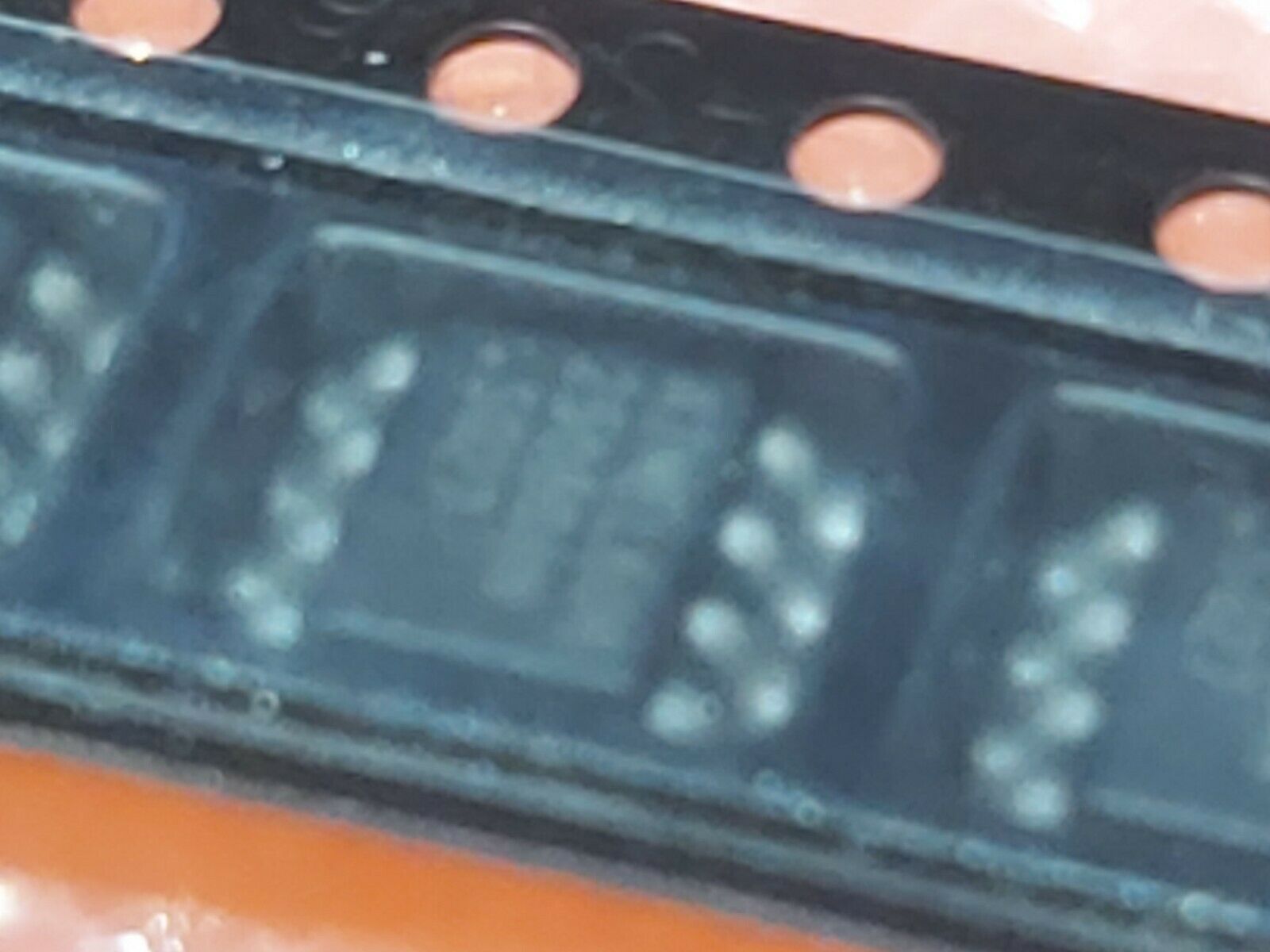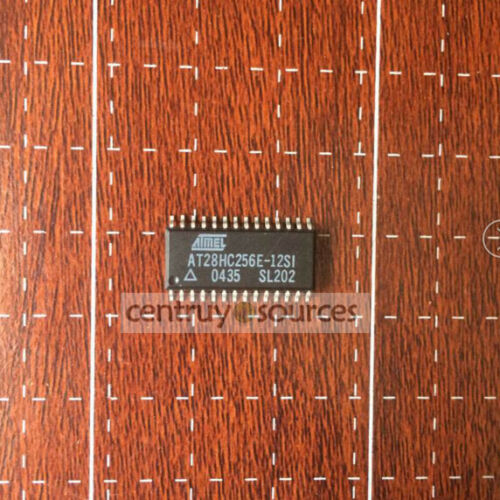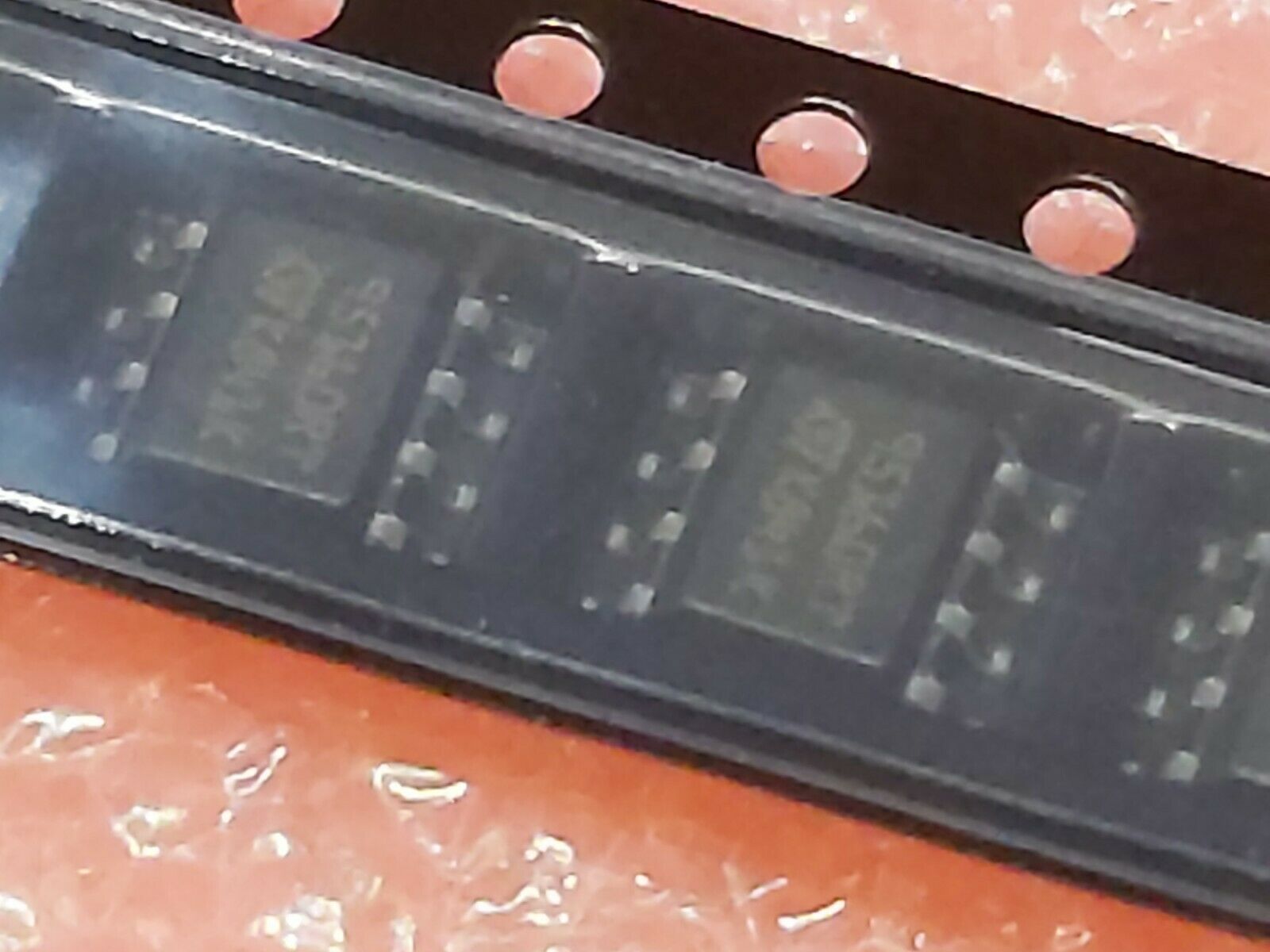-40%
Micron Automotive DDR3L SDRAM (Qty: 50) MT41K256M16TW-107 AAT:P
$ 264
- Description
- Size Guide
Description
Sealed Tray of 50 unitsDRAM Chip DDR3L SDRAM 4Gbit 256Mx16 1.35V Automotive 96-Pin FBGA
DDR3 SDRAM uses a double data rate architecture to achieve high-speed operation. The double data rate architecture is an 8n-prefetch architecture with an interface designed to transfer two data words per clock cycle at the I/O pins. A single read or write operation for the DDR3 SDRAM effectively consists of a single 8n-bit-wide, four-clock cycle data transfer at the internal DRAM core and eight corresponding n-bit-wide, one half-clock-cycle data transfers at the I/O pins.
The differential data strobe (DQS, DQS#) is transmitted externally, along with data, for use in data capture at the DDR3 SDRAM input receiver. DQS is center-aligned with data for WRITEs. The read data is transmitted by the DDR3 SDRAM and edge-aligned to the data strobes.
The DDR3 SDRAM operates from a differential clock (CK and CK#). The crossing of CK going HIGH and CK# going LOW is referred to as the positive edge of CK. Control, command, and address signals are registered at every positive edge of CK. Input data is registered on the first rising edge of DQS after the WRITE preamble, and output data is referenced on the first rising edge of DQS after the READ preamble.
Read and write accesses to the DDR3 SDRAM are burst-oriented. Accesses start at a selected location and continue for a programmed number of locations in a programmed sequence. Accesses begin with the registration of an ACTIVATE command, which is then followed by a READ or WRITE command. The address bits registered coincident with the ACTIVATE command are used to select the bank and row to be accessed. The address bits registered coincident with the READ or WRITE commands are used to select the bank and the starting column location for the burst access.
The device uses a READ and WRITE BL8 and BC4. An auto precharge function may be enabled to provide a self-timed row precharge that is initiated at the end of the burst access.
As with standard DDR SDRAM, the pipelined, multibank architecture of DDR3 SDRAM allows for concurrent operation, thereby providing high bandwidth b hiding row precharge and activation time.
A self refresh mode is provided, along with a power-saving, power-down mode.
Key Features
VDD = VDDQ = 1.35V (1.283–1.45V)
Backward compatible to VDD = VDDQ = 1.5V ±0.075V
Supports DDR3L devices to be backward compatible in 1.5V applications
Differential bidirectional data strobe
8n-bit prefetch architecture
Differential clock inputs (CK, CK#)
8 internal banks
Nominal and dynamic on-die termination (ODT) for data, strobe, and mask signals
Programmable CAS (READ) latency (CL)
Programmable posted CAS additive latency (AL)
Programmable CAS (WRITE) latency (CWL)
Fixed burst length (BL) of 8 and burst chop (BC) of 4 (via the mode register set [MRS])
Selectable BC4 or BL8 on-the-fly (OTF)
Self refresh mode
TC of 0°C to +95°C
64ms, 8192-cycle refresh at 0°C to +85°C
32ms at +85°C to +95°C
Self refresh temperature (SRT)
Automatic self refresh (ASR)
Write leveling
Multipurpose register
Output driver calibration
